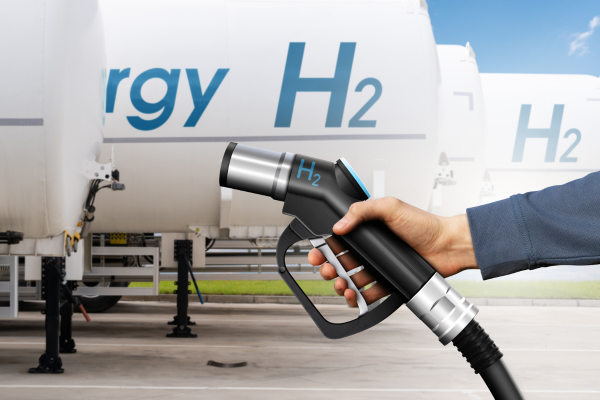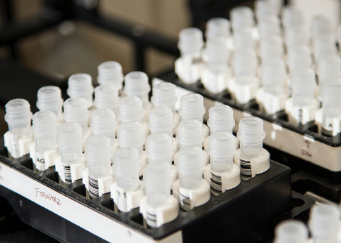
The team uses an Electrochemical-Electrical partial model to comprehensively analyse the electrochemical reaction intensity, open-circuit voltage, working voltage, overpotential, ion current, and in-plane current density. Furthermore, the thermal coupling model will provide valuable insights into temperature distribution and heat generation power within the battery. Built on the research findings from the BatteryFoam, the effective thermal management and cooling strategies for LIBs are developed alongside more advanced battery designs. These efforts are poised to contribute significantly to the realisation of an EVpowered society and a greener future in Singapore.
To find out more about how NSCC’s HPC resources can help you, please contact [email protected].
NSCC NewsBytes August 2023





